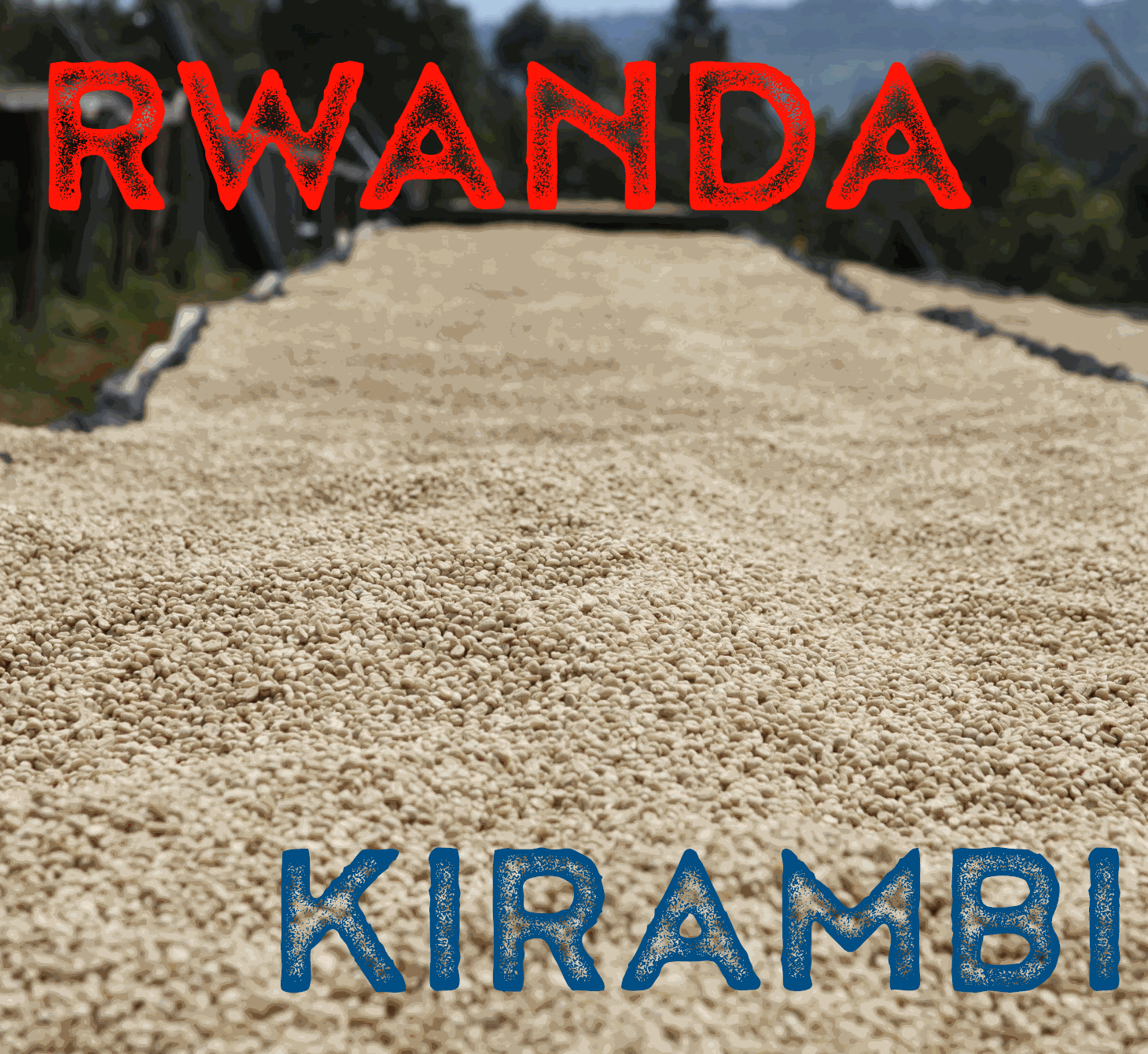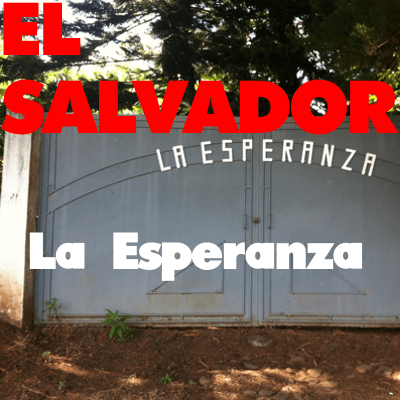Description
COUNTRY: Rwanda
PROVINCE: Southern Province
REGION: Cyanika Sector, Nyamagabe District
ALTITUDE: 1685–1870m above sea level
VARIETY: Red Bourbon
PROCESSING: Fully Washed
WASHING STATION: Karambi
FARMERS: Approximately 1,316 cooperative farmer members
OWNER: Koakaka Cooperative
AWARDS: Cup of Excellence 2008, 2010, 2011, 2013, 2014, 2015
In the cup: Sweet and complex, with rounded pear acidity, dried fig sweetness and notes of plum, toffee, berry jam, dark chocolate, and black tea.
This special lot was produced by the Koakaka Cooperative. The Koakaka Cooperative represents coffee farmers from three sectors (Kinyamakara, Karama, and Ruhondo) all of whom are located in Nyamagabe district in the Southern Province of Rwanda. The cooperative owns two washing stations, Karambi and Muganza.
This particular lot was processed at the Karambi washing station which was established in 2003. The members contributing to this washing station enjoy perfect conditions to grow exceptional coffee, with high altitudes (averaging 1,685–1,870 metres above sea level), good rainfall (1,100–1,300mm annually), and steady temperatures averaging around 17–18 °C.
ABOUT THE KOAKAKA COOPERATIVE
In the local Kinyarwanda language, Koakaka stands for the ‘Coffee Growers’ Cooperative of Karaba’. It was was established in 2002, with three farmers associations merging together (Karama, Kiyamakara and Rukondo). Today the cooperative has around 1,316 members, the majority of whom are very small-scale producers who typically own less than a quarter of a hectare of land on which they cultivate an average of only 250–350 trees, alongside other subsistence food crops such as maize and beans.
By being members of the Koakaka Cooperative, these small-scale farmers are able to combine their harvests into large enough quantities for export and process cherries centrally. Before the proliferation of washing stations and cooperatives in Rwanda such as Koakaka, the norm in Rwanda was for small farmers to sell semi-processed cherries on to a middleman—and the market was long dominated by a single exporter. This commodity-focused system—coupled with declining world prices in the 1990s—brought severe hardship to farmers, some of whom abandoned coffee entirely. Today, it’s a different picture. Farmers who work with Koakaka have seen their income at least double, and the co-op produces outstanding lots year after year.
Koakaka’s mission is to:
Produce exceptional coffee
Consistently improve the welfare of members, and increase jobs so as to reduce the unemployment and poverty in the region
Actively protect the environment
Members of the cooperative are given a number of services including support for school fees and health services, loan facilities for home loans and farming equipment. They are also given training on agricultural best practice, administration, quality management and how to manage their finances.
Koakaka has consistently been recognised for its exceptional quality, including numerous Cup of Excellence awards in 2008, 2010, 2011, 2013, 2014, and 2015. In July 2016 the farmers of Koakaka Karambi also won the Rwashoscco Coffee Excellence Award, taking home 1st place with a brilliant score of 90.3.
HOW THIS COFEE WAS PROCESSED
This coffee was processed using the washed processing method at the Karambi Washing Station.
Members of the Koakaka Cooperative are trained to only select the very ripest coffee cherries from their trees. During the harvest, cherries are delivered daily to the Karambi Washing Station via foot, bicycle or driven by truck from a local pick-up point.
On delivery, the cherries are inspected and sorted to ensure only the very ripest cherries are processed. They are then sorted by weight (and any floaters removed) and pulped on the same day—almost always in the evening—using a mechanical pulper that divides the beans into three grades. After pulping the coffee is fermented overnight (for around 12 hours) and then graded again using floatation channels that sort the coffee by weight (heaviest usually being the best).
The beans are then soaked for a further 24 hours, before being moved to raised screens for ‘wet-sorting’ by hand—this is a task almost always carried out by women.
The sorted beans are finally dried in the sun on raised screens (‘African beds’) for two weeks. During this period, the coffee is turned several times a day by hand to ensure the coffee dries evenly and consistently. It is also sorted constantly, with any defects removed.
Once dry, the coffee beans are stored in parchment, in carefully labeled day lots, until they are ready for milling and export. The coffee is then sent to Kigali, from where it is milled, loaded, and shipped.
(Information courtesy of Melbourne Coffee Merchants)






Reviews
There are no reviews yet.